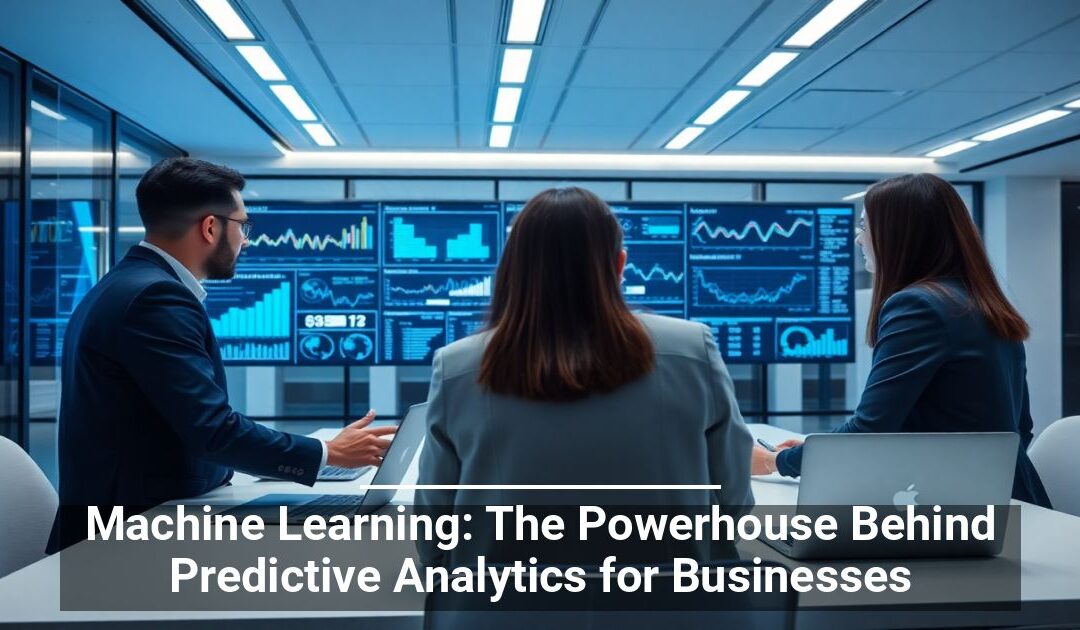 As a business owner, how often have you made a decision you weren’t sure would pan out? Whether you were adapting to a change in your industry market or new customer trends, you likely underwent trial and error to find the right choices for your company. Luckily, with the new role of machine learning (ML) in predictive analytics, you can now make more educated guesses.
As a business owner, how often have you made a decision you weren’t sure would pan out? Whether you were adapting to a change in your industry market or new customer trends, you likely underwent trial and error to find the right choices for your company. Luckily, with the new role of machine learning (ML) in predictive analytics, you can now make more educated guesses.
How Does Machine Learning Alter Traditional Predictive Analytics?
Machine learning uses artificial intelligence to delve into stored data, pinpointing patterns that provide insight into similar present or future scenarios. It does so on a larger scale, such as when observing market trends, or on a smaller scale, like identifying a specific customer’s browsing habits to suggest similar products. But how does it differ from traditional data analytics?
Traditional data analytics relies on humans manually inputting data and developing new rules for how and why to analyze it. However, artificial intelligence doesn’t have to undergo a learning curve; it automatically adapts to each new data entry. It also handles complex relationships better, seeking out intricate patterns and avoiding human errors while predicting future outcomes.
What Are the Primary Machine Learning Techniques?
Some approaches that business owners take during the model training process include the following:
- Supervised learning is ideal if you want your system to learn classification and recognize patterns, like during sales forecasting and risk assessments. It uses labeled data and learns about input/output relationships to provide a known outcome.
- Unsupervised learning uses unlabeled data to uncover hidden patterns and undergo deeper learning to make conclusions humans cannot see. For instance, it helps with searcher intent, word association, synthetic data generation, and more.
- Reinforcement learning is when predictive models use trial and error in case scenarios while looking for the maximum reward. This works during policy creation or when estimating parameters during a model-based value estimation.
The Benefits of This Business Intelligence
Below are just a few benefits of machine learning in predictive analytics.
Data Preprocessing
Not only does ML avoid human mistakes, but it also identifies irrelevant or incorrect data already in the dataset. ML replaces or modifies the data for optimal accuracy as part of data preprocessing.
Real-Time Analysis
Machine learning models provide real-time analytics, instantly analyzing data as it comes in for quick adaptation and decision-making.
Cost-Effectiveness
Machine learning models are not cheap, but they save you money in the long run after the initial purchase. Not only do you not have to hire a team to deal with the statistical and data management chores of the ML, but the AI also reduces waste by eliminating errors.
The role of machine learning in predictive analytics is great due to its many benefits. So, stay ahead of the competition and increase sales by implementing it into your business today!


